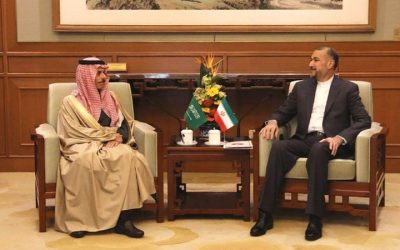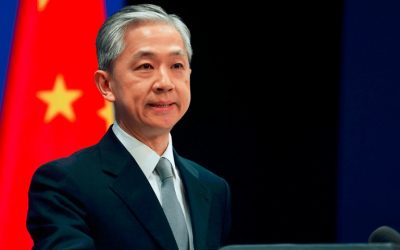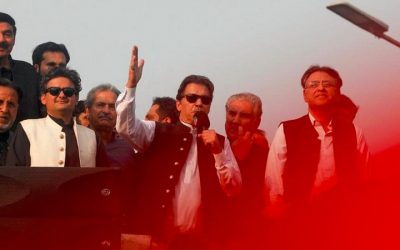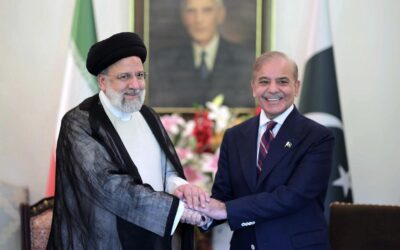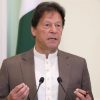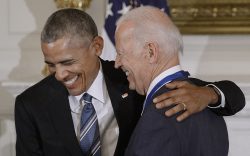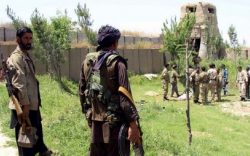
Limits of a Limited War
17 September 2020
It’s a vaguely defined concept. In context of current conflict with China, India shouldn’t limit its offensive to binaries of use of limited force and diplomatic action, but press on its edge in medium-term crisis bargaining.
Keshwarnews quoting indianexpress reported, the reported consensus between India and China, this past week, over the urgent and immediate need to deescalate the military situation along the LAC in Ladakh is welcome and needs to be worked upon relentlessly. The foreign ministers of the two sides who met in Moscow also agreed that both sides’ border troops should quickly disengage, maintain a proper distance, and ease tensions. However, experts argue that these measures, even if implemented earnestly, may only sustain the current status quo, which is detrimental to India’s strategic interests as these appear to completely ignore India’s legitimate demand for a pre-April 2020 status quo. Amidst the dawning realisation that China may not readily accede to such a demand, there is a growing clamour amongst some military strategists, both domestic and foreign, for a “limited war” to re-establish the status quo ante. Some even alluded to the Yom Kippur War kind of limited aggression when a combined Arab (Egypt and Syria) military action against Israel in 1973 forced Israel to bargain with Egypt over the Sinai restoration. Similar limited aggression by India may force China to come to the negotiating table and pave the way for bargaining over the pre-April status quo. However, such arguments defy the logic of coercion and exhibit a faulty understanding of the concept of “limited war”.
Moreover, there is always a danger of drawing on wrong historical analogies, leading to disastrous decision-making. Historians have written reams on how certain cognitive biases guide individuals to draw on history’s wrong lessons. The US invasion of Vietnam drawing on the 1938 Munich analogy, according to political scientist Yuen Khong, is a case in point.
Coercion in the classical Thomas Schelling sense is the ability of military power to “hurt” by inflicting pain or punishment, and this ability confers “bargaining power” to the actor. The “power to hurt” operates like blackmail in that it exploits an enemy’s fears and needs. The threat of application of force holds more bargaining power than the actual application. Force, once applied, then has to be sustained until the adversary is successfully coerced.
Coercion encompasses both deterrence and compellence. While deterrence involves a threat to prevent the adversary from starting something by fear of consequences, compellence is a threat intended to make the adversary act — to do something or stop him from doing something. Since the goal here is to either convince or coerce China to go back to pre-April 2020 positions, the deterrence stage has passed, and now China ought to be compelled to submit to India’s will. This can be achieved in varied ways, chief among these are coercive diplomacy and use of force. With few coercive tools in India’s diplomatic toolkit, many military experts are making a case for the limited use force to compel China into pulling back. According to them, coercive diplomacy — banning of Chinese apps, overt support to Tibetan dissidents — may not be enough to force China to yield to India’s legitimate demands. It is under these circumstances that the bogey of “limited war” is being raised.
There appears to be conceptual confusion about what “limited war” actually means. Traditionally experts have explained limited war as short of general war to achieve specific political objectives, using limited forces and limited force. Another, but more prevalent, understanding of limited war focuses on the military means used by the combatants, which are way less than what the belligerents are capable of. Julian Corbett described limited war as something that does not seek to overthrow the enemy government; rather, its objectives are smaller and limited. Thus a “limited war” is always understood in relation to a total or general war. The concept gained currency during the Cold War when the US thought it could fight the Soviet Union in Europe or elsewhere without the war escalating to an unlimited or total war. Thus the Korean War and even the Vietnam War were seen as “limited”. But these wars were hardly limited for North Korea and North Vietnam. The focus only on the means used also robs the political objective of its criticality. Clausewitz famously explained war as a continuation of politics by other means. The political purpose sought explains the war, not the means employed to achieve it. A limited war for limited objectives belies the understanding of war as an error term that may be difficult to contain or limit once started.
Also, the question of how long a limited war should be allowed to continue if those objectives are not achieved is supremely crucial. War involves two belligerents, and for a war to remain limited, both sides need to know each other’s intentions and need to overcome the information asymmetry. Crisis decision-making is contingent on the number of non-rational factors and informational limitations. Information asymmetries and incentives to misrepresent information may lead to actions based on inaccurate information and, thus, a perfect recipe for conflict escalation. Similarly, misperception of adversary behaviour, intent, and action, as explained by Robert Jervis, is a common feature of international affairs where crises have escalated even when not intended to.
If China refuses to restore the pre-April status quo, would India be willing to extend the means beyond what falls within the rubric of the “limited war”? Beyond the considerations of the use of limited means, states have to calculate and anticipate the possible outcomes if the objective is not met, which in India’s case is the restoration of status quo ante. Intrinsic in any war but more so in a limited war is the fear of escalation; hence the actors must calculate the risk of both inadvertent and deliberate escalation of the conflict. Thus strategists have used the concept of “escalation dominance” during crises. The idea posits a state’s ability to maintain such a markedly superior position over a rival, across a range of rungs of an escalation ladder, that the rival will always see further escalation as a losing bet. Such dominance, the thinking goes, serves as the most effective possible deterrent to the escalation of the conflict, as well as the most reliable means for managing escalation. Escalation dominance at every level of the escalation ladder is hard to achieve. For escalation dominance to produce the desired deterrent effect, both parties must recognise one side’s superiority at multiple escalation levels, below and above the nuclear threshold. During the Cold War, the US toyed with the concept of “escalation dominance” against the Soviets in the European theatre but could never entirely rely on it. Such dominance gets further complicated in the Sino-India case. According to a recent Belfer Centre report at Harvard University, China may have an overall edge over India in military prowess, but it may not be able to dominate India at every level of the escalation ladder. The same holds good for India too.
War, in general, and more so particularly when most of the economies, including China and India, are severely reeling under the devastating effects of the global pandemic, would be prohibitively costly for both the countries. Given the costs of the war and the distribution of force deployment, even a limited military offensive may not offer any real prospect of success and comes with grave risks. Come October and the weather would be extremely hostile to any human activity along the entire LAC but more so in the eastern Ladakh.
Nevertheless, India’s options are not limited to the binary of continuing diplomacy and limited use of force, as some military experts suggest. India continues to possess quite a few arrows in its quiver, and employing these options simultaneously, would provide a strategic edge in the medium-term crisis bargaining. India must continue to strengthen its position both qualitatively and in numbers at critical points along the LAC and clearly signal its intention to hold these positions even for most of the winter months. More so, the long border between India and China not just presents significant challenges but also offers many tactical opportunities. Indian forces can identify heights and vantage points, not necessarily in the LAC’s western sector, where it can present Chinese forces with a fait accompli, which can effectively be leveraged to bring China to the bargaining table.
Additionally, by continuing to display the ability to airlift, a division-size force within a span of a few days would add to India’s force projection and denial capabilities. The events of late August may convince China that its attempts at intimidation through coercive use of force have failed to pressure India to rethink or roll back Indian efforts at ramping up force deployment, building infrastructure, and constructing road networks along the LAC. On the contrary, China’s aggressiveness will more likely provoke India to strengthen further its efforts to fortify the border than desist. Sustained strengthening of troops’ positions and fortifications can also help in attaining two vital strategic goals. One, it could forestall future aggressions and deny China the window to present India with another fait accompli, something China has been doing intermittently since 1962; second, it strengthens India’s future coercive diplomacy efforts leveraging the threat to use force. Finally, the current geometry of international alliances and China’s increasing isolation at the international level over its belligerent policies with its neighbours would only work to India’s advantage.
there is not post in layout 2

Regional Discussions on Afghanistan Intensify Ahead of Doha Summit
As the Doha meeting nears, special envoys from various nations,...

